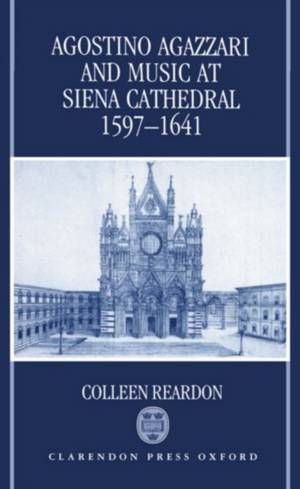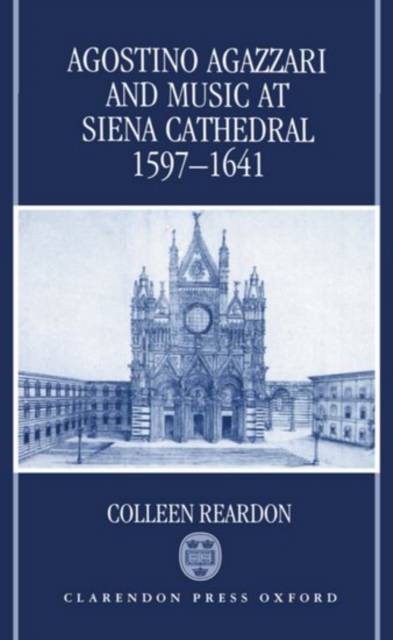
Je cadeautjes zeker op tijd in huis hebben voor de feestdagen? Kom langs in onze winkels en vind het perfecte geschenk!
- Afhalen na 1 uur in een winkel met voorraad
- Gratis thuislevering in België vanaf € 30
- Ruim aanbod met 7 miljoen producten
Je cadeautjes zeker op tijd in huis hebben voor de feestdagen? Kom langs in onze winkels en vind het perfecte geschenk!
- Afhalen na 1 uur in een winkel met voorraad
- Gratis thuislevering in België vanaf € 30
- Ruim aanbod met 7 miljoen producten
Zoeken
Omschrijving
Agostino Agazzari (c. 1580-c.1642) has long been recognized as one of the most prominent theorists of the early Baroque. The enduring fame of his 1607 treatise on the basso continuo has, however, overshadowed his equally significant contributions as a composer. And for all his renown, relatively little has been written about his professional career in Siena. This book not only provides the first comprehensive study of his life and sacred works, it also opens a window on musical culture in Siena during the late sixteenth and early seventeenth centuries. Through the use of archival materials, Reardon documents Agazzari's long association with the Cathedral and furnishes valuable information on the personnel, repertory, and performance practices there. She argues for a reassessment of the influences that shaped the composer's style and challenges the generally held view that Sienese culture stagnated after the fall of the Republic in 1555.
Specificaties
Betrokkenen
- Auteur(s):
- Uitgeverij:
Inhoud
- Aantal bladzijden:
- 224
- Taal:
- Engels
- Reeks:
Eigenschappen
- Productcode (EAN):
- 9780198162728
- Verschijningsdatum:
- 17/02/1994
- Uitvoering:
- Hardcover
- Formaat:
- Genaaid
- Afmetingen:
- 156 mm x 234 mm
- Gewicht:
- 498 g

Alleen bij Standaard Boekhandel
+ 644 punten op je klantenkaart van Standaard Boekhandel
Beoordelingen
We publiceren alleen reviews die voldoen aan de voorwaarden voor reviews. Bekijk onze voorwaarden voor reviews.









